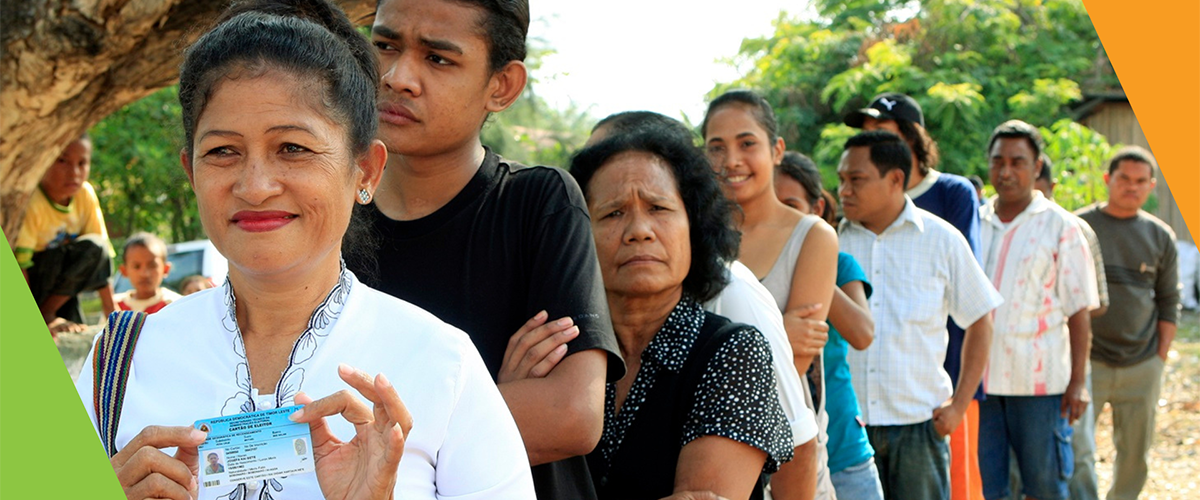Civil Society Organizations Joint Statement
The CSO issued this joint statement in the Ministerial Conference agenda item 6 regarding the State of civil registration and vital statistics in Asia and the Pacific and overview of supporting initiatives (E/ESCAP/MCCRVS/2). Under this agenda item, ministers and heads of delegations were invited to deliver short statements to highlight policy priorities and Challenges for the “CRVS Decade, 2015-2024”, as well as their expectations and goals in regards to the regional collaboration to improve civil registration and vital statistics.












